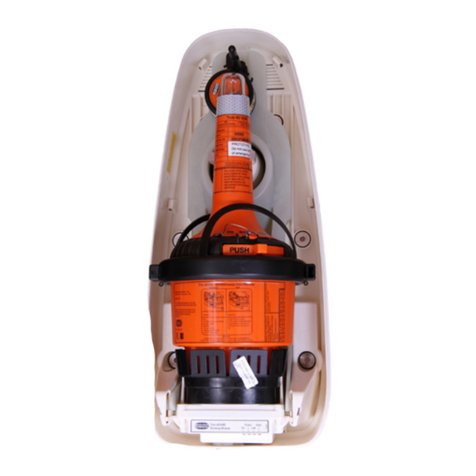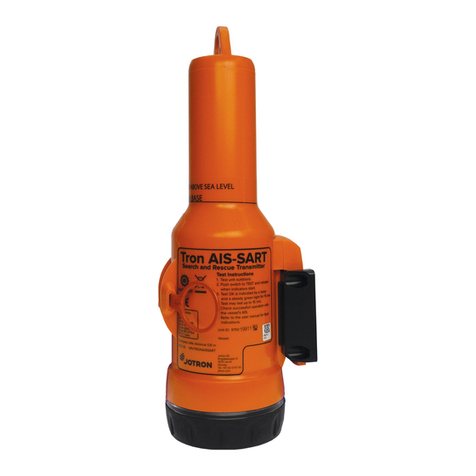85894_M&R_TA7650C_A 6
TABLE OF CONTENTS
1MAINTENANCE AND TROUBLESHOOTING.................................................................................... 1-1
1.1 ENVIRONMENTAL CHECK...................................................................................................................... 1-1
1.2 ALARM READING .................................................................................................................................. 1-1
1.3 TX BITE MENU...................................................................................................................................... 1-2
1.3.1 BITE alarm condition................................................................................................................... 1-3
2TECHNICAL DESCRIPTION TA-7650C ..............................................................................................2-1
2.1 INTRODUCTION ..................................................................................................................................... 2-1
2.2 MAIN MODULE...................................................................................................................................... 2-2
2.2.1 Main board................................................................................................................................... 2-2
2.2.1.1 DSP .......................................................................................................................................... 2-2
2.2.1.2 Audio........................................................................................................................................ 2-2
2.2.1.3 Baseband DACs ....................................................................................................................... 2-2
2.2.1.4 PA Feedback ADC................................................................................................................... 2-2
2.2.1.5 BITE interface.......................................................................................................................... 2-3
2.2.1.6 I/O interface.............................................................................................................................. 2-3
2.2.1.7 Ethernet controller.................................................................................................................... 2-3
2.2.1.8 Memory.................................................................................................................................... 2-3
2.3 FRONT MODULE .................................................................................................................................... 2-3
2.3.1 Front board.................................................................................................................................. 2-3
2.4 PA MODULE .......................................................................................................................................... 2-3
2.4.1 PA board ...................................................................................................................................... 2-3
2.4.2 Regulator board ........................................................................................................................... 2-5
2.5 MODULATOR MODULE .......................................................................................................................... 2-5
2.5.1 Modulator board.......................................................................................................................... 2-5
2.6 SOFTWARE MODULE.............................................................................................................................. 2-6
2.7 PSU-7002 POWER SUPPLY UNIT ........................................................................................................... 2-6
2.8 REMOTE DATA INTERFACE ................................................................................................................... 2-6
3DIAGRAMS................................................................................................................................................ 3-1
3.1 TA-7650C TRANSMITTER UNIT............................................................................................................. 3-1
4PARTS LIST...............................................................................................................................................4-1
5APPENDIX.................................................................................................................................................5-1
5.1 PSU-7002 BILL OF MATERIALS ............................................................................................................. 5-1
5.2 PSU-7002 DIAGRAM 1OF 2................................................................................................................... 5-7
5.2.1 PSU-7002 diagram 2of 2.............................................................................................................. 5-8






























